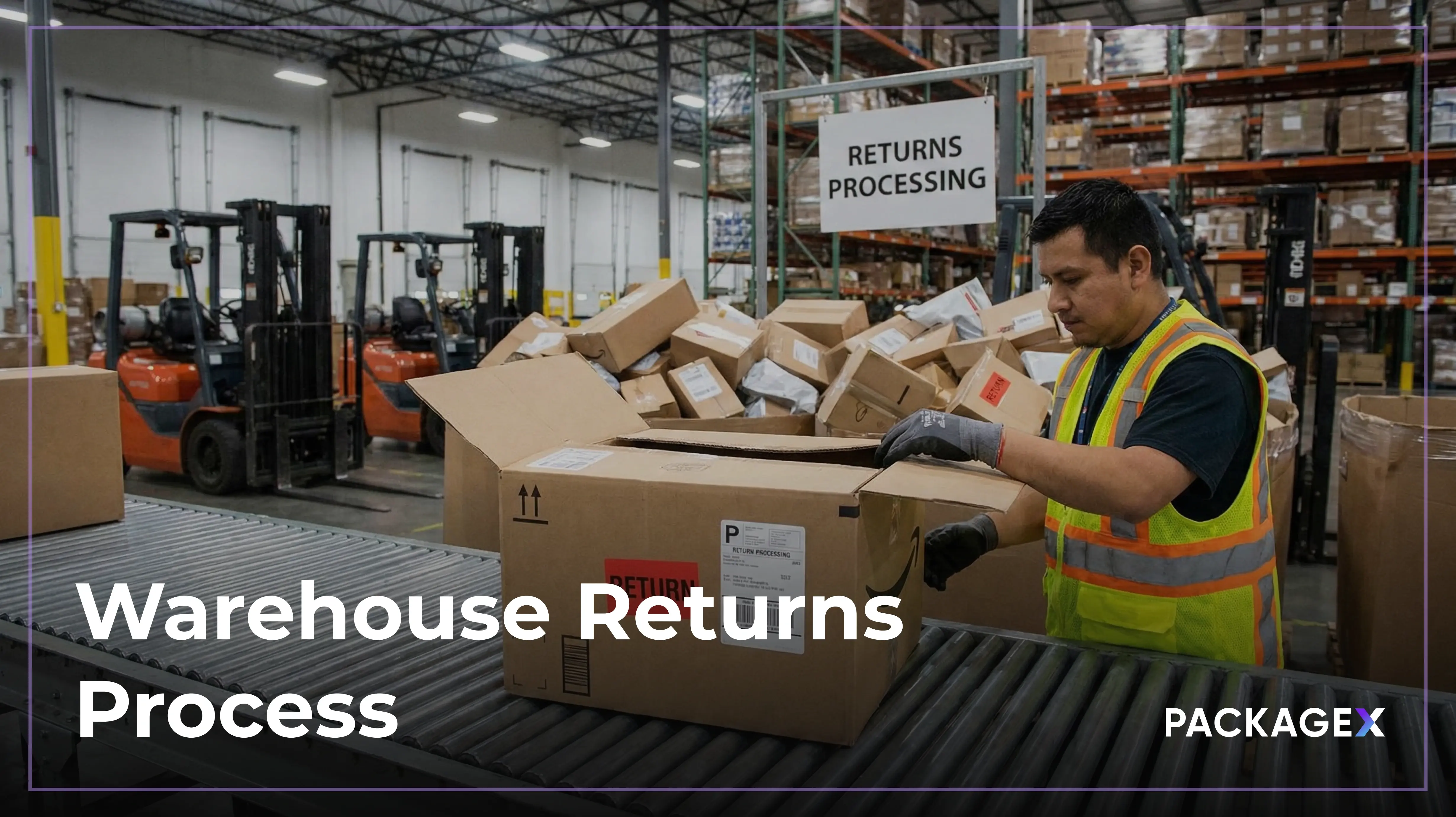The eCommerce retail space has changed a lot. A few years ago, delivery expectations were low as customers were willing to wait up to 8-10 days to get their shipment. Back in 2005 when Amazon Prime launched 2-day shipping, it was considered an indulgent luxury. But this luxury changed consumer delivery expectations forever.
Consumers nowadays are increasingly discerning and have higher expectations regarding shipping. They want fast and cheap shipping options today. The data from a 2021 consumer survey revealed that 33% of the consumers have higher expectations for fast shipping and 42% of consumers expect 2-day shipping for their orders. However, shipping large and bulky items is a little trickier and complicated for several reasons. One of them is the overwhelming number of carriers that compete for your business. Choosing the right carrier that benefits you the most and fits your needs better than others for shipping large items can be challenging.
So, what should you consider when choosing a shipping carrier?
We have put together this guide to help you pick the suitable carrier for shipping heavy items and learn about the cheapest way to ship heavy items.
Three Major Carriers in the USA
Numerous carriers offer shipping services in the U.S., but USPS, UPS, and FedEx are the three major carriers delivering millions of packages each day. Let's look at some statistics showing the level at which these carriers operate.
4 Factors to Consider While Picking a Carrier for Shipping Large Items
Every business has a unique model and different shipping needs. The right carrier for you depends on the characteristics of your business. Therefore, it is better to consider various factors before choosing a shipping carrier from the vast list of options.
Below are the four major filters you should apply to your carrier picking decision.
1. Price
The shipping service price is the major obstacle that you need to address. The cost for shipping bulky items is comparatively higher, driven by the following factors:
- Speed – How fast will the heavy shipping boxes be delivered?
- Service - What level of tracking and delivery service is available?
- Size – Is your shipment heavy or large?
- Surcharges – Is there any additional fee.
If you want to ship large and heavy items faster with a higher level of tracking, you will have to pay more. Is your business model capable of subsidizing expensive shipping while earning a profit? Are your customers willing to pay more for shipping large items? Do you have to pay any extra residential fees or fuel surcharges? Only you have the answer to these questions as you are familiar with the realities of your day-to-day operations. Therefore, pick the carrier after thoroughly comparing their rates and services. PackageX Ship provides access to a variety of national carriers and on-demand couriers. Also, it allows you to view and compare their shipping rates based on the delivery time.
2. Delivery Expectation
The delivery expectations of the business also play an important role in deciding the carrier. You can choose a slower shipping service if you are running a monthly subscription-based business where you ship items on a predictable schedule. However, if you are running an eCommerce business, you must choose a carrier that offers fast shipping with better tracking and delivery confirmation. The target market in the retail and eCommerce industry expects to get orders in just one or two days. Therefore, invest in shipping carriers accordingly.
3. Shipment Weight
If you are shipping heavy items, the cost will go up automatically. An item weighing a pound or less can be shipped through USPS's First-Class Mail. However, for heavier items, you need to choose other costly services.
For instance, you need to ship furniture or equipment for lawn care. All these items are large and bulky, so you have to pay a high shipping cost. The right carrier and the service for shipping heavy items depend on the place from where you are shipping and where you need to ship.
4. Destination
The destination is also a significant filter to apply when choosing a carrier for shipping large items. Some carriers charge more if delivering heavy items to rural communities. However, some carriers hire local carriers to complete the last-mile deliveries. It directly impacts the shipping costs for businesses and their customers.
What Is the Best Way to Ship Heavy Items?
Enlisted below are some best practices for shipping large and heavy items.
- Make sure your shipment is securely packaged and ready to ship.
- If your items are placed on a pallet, ensure they are in good condition. In case your items are over 150 lbs and are to be shipped internationally, they should be secured to pallets with steel straps.
- Use boxes that have stitched and stapled seams because they are stronger than those that are glued.
- If your items are big enough, choose freight shipping over parcel shipping because it will be cheaper. Understanding your costs and how they will have an impact on your revenue is very important.
- Shippers should diversify with multiple carrier options. Having multiple carriers or providing your customers access to various carrier options creates an optimum shipping experience at the right cost.
- Every carrier has different rules. Choose the right carrier to ship large items by applying the filters mentioned above.
{{returns-webinar}}
Conclusion
Shipping large items is more complicated than shipping small and lighter ones. The higher cost, additional surcharges, weight limits, and dimensional weight complicate the process, but you can optimize it using a modern and tech-forward solution like PackageX. It offers apps and APIs that can streamline your shipping operations. You can generate shipping labels from various carriers and couriers in seconds and compare their rates before choosing the most suitable option.
Shipping costs usually eat a major chunk of your profit whether you are a small business owner or run a multi-chain company. As shipping rates for more oversized items vary from carrier to carrier, you should choose a carrier after in-depth research, making the right choice for your business.




